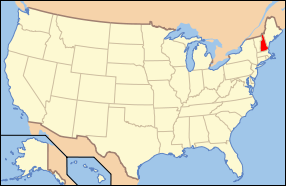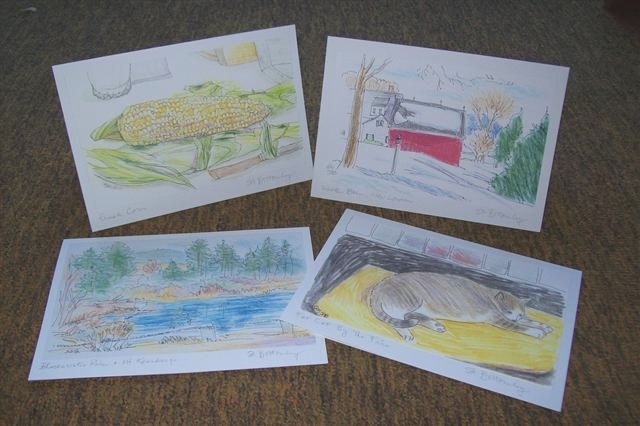Another March Posting!
 A tower at the huge, and now defunct, Amoskeag Mills in Manchester, New Hampshire. Built in 1850 and once the world’s largest cotton mill, it’s now being nicely redeveloped and filled with other tenants. The sign said that this part of the place will soon become a Hilton Hotel.
A tower at the huge, and now defunct, Amoskeag Mills in Manchester, New Hampshire. Built in 1850 and once the world’s largest cotton mill, it’s now being nicely redeveloped and filled with other tenants. The sign said that this part of the place will soon become a Hilton Hotel. These town houses or row houses are called, in Manchester parlance, corporations. The Mill built housing in this mid-1800's planned community for its employees and their families from Quebec, Scotland, Greece, Sweden, Poland, and many other places. Eventually, the mill industries moved to the southern states when water power was no longer the sole source of power.
These town houses or row houses are called, in Manchester parlance, corporations. The Mill built housing in this mid-1800's planned community for its employees and their families from Quebec, Scotland, Greece, Sweden, Poland, and many other places. Eventually, the mill industries moved to the southern states when water power was no longer the sole source of power. I walked through Manchester up to the Currier Museum of Art. In the courtyard is this sculpture by Mark Di Suvero, entitled “Origins.” The black central part rotates in a slight breeze. I tried to draw it as it turned. I liked it.
I walked through Manchester up to the Currier Museum of Art. In the courtyard is this sculpture by Mark Di Suvero, entitled “Origins.” The black central part rotates in a slight breeze. I tried to draw it as it turned. I liked it. The Currier Museum has many treasures. I drew this mural by Sol Le Witt, located in their café. It is called “Wall Drawing #1255, Whirls and Twirls.” This is only my interpretation of it, but the colors and shapes are accurate. You would recognize it if you saw it.
The Currier Museum has many treasures. I drew this mural by Sol Le Witt, located in their café. It is called “Wall Drawing #1255, Whirls and Twirls.” This is only my interpretation of it, but the colors and shapes are accurate. You would recognize it if you saw it. Main Street, New London, New Hampshire. In the background, buildings on the campus of Colby-Sawyer College. In the foreground, a row of very old and weather-scarred sugar maple trees, being tapped for spring sap. A sharp, hollow spike is driven into the bark; then the sap drips into the buckets. The mildly sweet sap is collected, and boiled down into maple syrup. The little peaked roof just keeps out the rain.
Main Street, New London, New Hampshire. In the background, buildings on the campus of Colby-Sawyer College. In the foreground, a row of very old and weather-scarred sugar maple trees, being tapped for spring sap. A sharp, hollow spike is driven into the bark; then the sap drips into the buckets. The mildly sweet sap is collected, and boiled down into maple syrup. The little peaked roof just keeps out the rain. The modern method of collecting the sap. The sap from throughout the woods drips into the blue plastic tubing and accumulates in the white container. Sap season (or sugaring) is when the nights are still cold, but the days are warming. It doesn't harm the tree. I could sees the bubbles in the tube, and hear a steady stream of liquid going into the tub. I was practically hallucinating thinking of pancakes or waffles swimming in syrup. It is a health food you know, being full of minerals. You see the well known New England stone wall. That's a whole other topic.
The modern method of collecting the sap. The sap from throughout the woods drips into the blue plastic tubing and accumulates in the white container. Sap season (or sugaring) is when the nights are still cold, but the days are warming. It doesn't harm the tree. I could sees the bubbles in the tube, and hear a steady stream of liquid going into the tub. I was practically hallucinating thinking of pancakes or waffles swimming in syrup. It is a health food you know, being full of minerals. You see the well known New England stone wall. That's a whole other topic.









